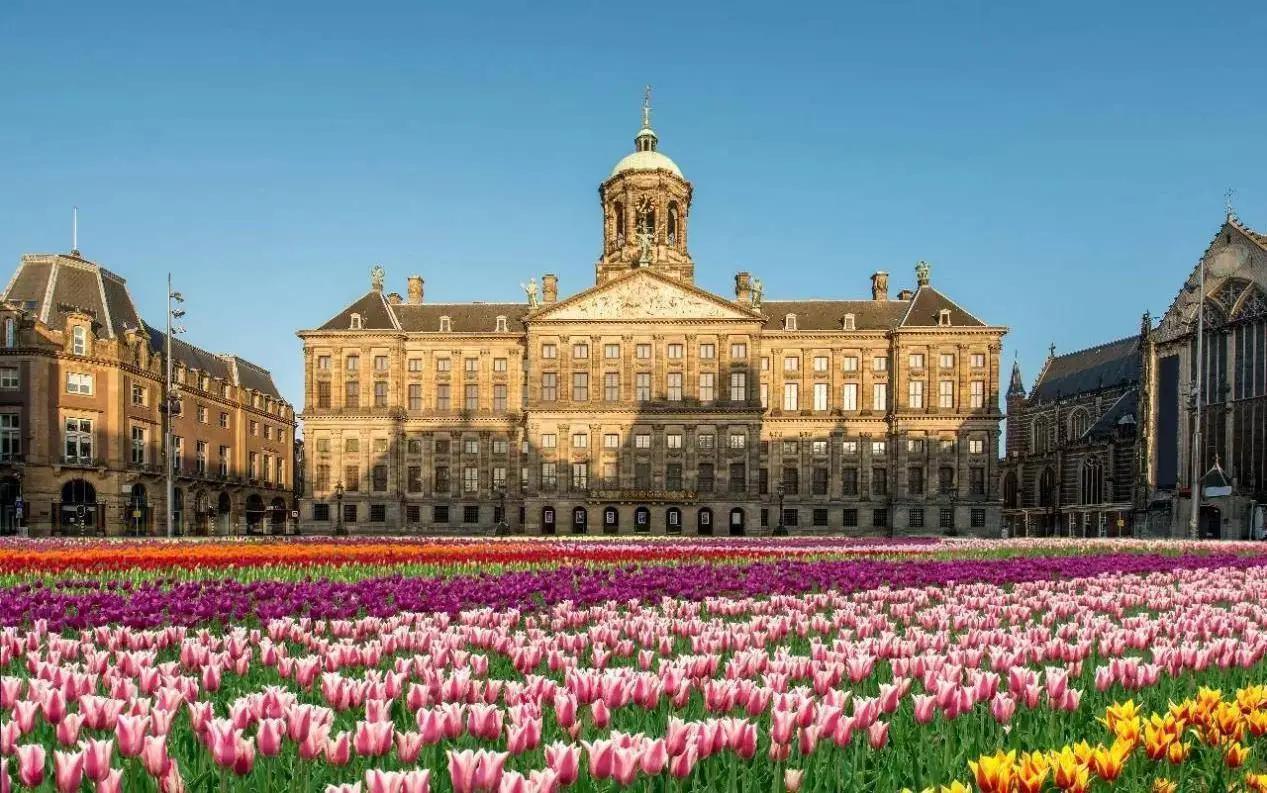Japan Travel
Kyoto’s Philosopher’s Path: Cherry Blossom Attraction
Kyoto’s Philosopher’s Path: A Journey Through Time and Transience
Nestled in the Higashiyama district of Kyoto, the Philosopher’s Path (Tetsugaku-no-michi) is more than a mere stroll along a canal; it is a meditative journey through nature, philosophy, and the very soul of Japan. Stretching approximately two kilometers alongside the shallow, crystal-clear waters of the Lake Biwa Canal, this stone-paved path is one of Kyoto’s most cherished attractions. While it offers serene beauty year-round, it is during the cherry blossom season that the path transforms into a transcendental experience, embodying the Japanese aesthetic of mono no aware—the poignant awareness of the impermanence of all things.

The Historical and Philosophical Roots
The path derives its name from Nishida Kitaro, one of Japan’s most influential philosophers, who was said to meditate daily while walking this route on his way to Kyoto University. As he pondered complex questions of existence and reality, the natural surroundings provided a calming backdrop for deep thought. This historical connection infuses the path with an intellectual and spiritual weight. It is not simply a tourist spot but a place of reflection, where the act of walking becomes a form of active meditation.
The canal itself, completed in the Meiji era (1890), was an engineering marvel designed to transport water and goods from Lake Biwa to Kyoto, fueling the city’s modernization. Yet, over time, its functional purpose gave way to poetic significance. The planting of hundreds of cherry trees along its banks turned a utilitarian waterway into a symbol of beauty and transience.
The Cherry Blossom Spectacle
During the first two weeks of April, the Philosopher’s Path undergoes a breathtaking metamorphosis. The somei yoshino cherry trees, which line the canal like silent sentinels, burst into a cascade of pale pink blossoms. The effect is nothing short of magical: the branches arch overhead, forming a tunnel of flowers, while petals drift lazily onto the water below, floating like tiny boats carrying dreams downstream.
This phenomenon captures the essence of hanami (flower viewing) but in a uniquely intimate way. Unlike the boisterous festivities of Maruyama Park or the sprawling crowds at Arashiyama, the Philosopher’s Path offers a more contemplative hanami experience. Visitors speak in hushed tones, as if in a sacred space. The only sounds are the gentle flow of water, the rustle of leaves, and the occasional chime from nearby temples. The blending of light, color, and motion creates a living painting—a fleeting masterpiece that changes by the hour as the sun filters through the blossoms.
A Symphony of Senses
The beauty of the path during sakura season is multisensory. Visually, the contrast between the delicate pink flowers, the deep blue of the sky, and the moss-covered stones along the canal is striking. The air carries the faint, sweet fragrance of cherry blossoms, mixed with the earthy scent of damp ground after a spring shower. At night, paper lanterns are lit, casting a soft glow on the blossoms and creating an ethereal atmosphere that feels suspended between dream and reality.
This sensory richness encourages mindfulness. Walking the path, one becomes acutely aware of the present moment—the way light dapples through the petals, the sound of one’s own footsteps on the stone pavement, the cool breeze that shakes loose a shower of blossoms. It is a natural invitation to practice ichigo ichie (one time, one meeting), the idea that each moment is unique and will never recur.
Temples and Teahouses: Cultural Anchors
The path is bookended by some of Kyoto’s most significant cultural sites. At the northern end lies Ginkaku-ji, the Silver Pavilion, a Zen temple renowned for its exquisite dry sand garden and refined simplicity. Near the southern end is Nanzen-ji, a sprawling temple complex with majestic gates and serene aqueducts. Along the route, smaller subtemples like Honen-in and Anraku-ji offer quiet sanctuaries for reflection.
Interspersed among these historic landmarks are artisan shops, cafes, and teahouses. Stopping for a bowl of matcha and a traditional wagashi sweet at one of the quaint establishments overlooking the canal is a ritual in itself. These moments of pause allow visitors to absorb the surroundings and engage with Kyoto’s living culture.
Philosophy in Bloom
The cherry blossom season on the Philosopher’s Path is a profound lesson in impermanence. The blossoms peak for only a brief period before falling, reminding us of the fragility and beauty of life. This resonates deeply with Buddhist principles and Nishida Kitaro’s philosophy, which sought to find eternity in the momentary. The path becomes a physical manifestation of these ideas—a place where one can contemplate the cyclical nature of existence while being surrounded by its most beautiful expression.
In a world increasingly defined by haste and noise, the Philosopher’s Path offers a rare opportunity to slow down. It is a reminder that some of the deepest truths are found not in destinations, but in the journey itself. As the cherry blossoms bloom and fall, they tell a story of grace, change, and the enduring search for meaning—a story that every walker, philosopher or not, can understand.
相关文章
- Yamagata’s Zao Onsen: Snow Monster Hot Spring Attraction
- Japan’s Maid Cafés: Akihabara Subculture Attractions
- Okayama’s Okayama Korakuen: Historic Garden Attraction
- Japan’s Horse Racing Tracks: Equestrian Sports Attractions
- Tokyo’s Odaiba Gundam: Anime Icon Attraction
- Japan’s Doll Festivals: Hinamatsuri Attractions
- Kagoshima’s Ibusuki Onsen: Sand Bath Hot Spring Attraction
- Japan’s Table Tennis Clubs: Recreational Attractions
- Kyoto’s Nishiki Market: 400-Year-Old Food Attraction
- Japan’s Camellia Festivals: Winter Flower Attractions
发表评论
评论列表
- 这篇文章还没有收到评论,赶紧来抢沙发吧~


